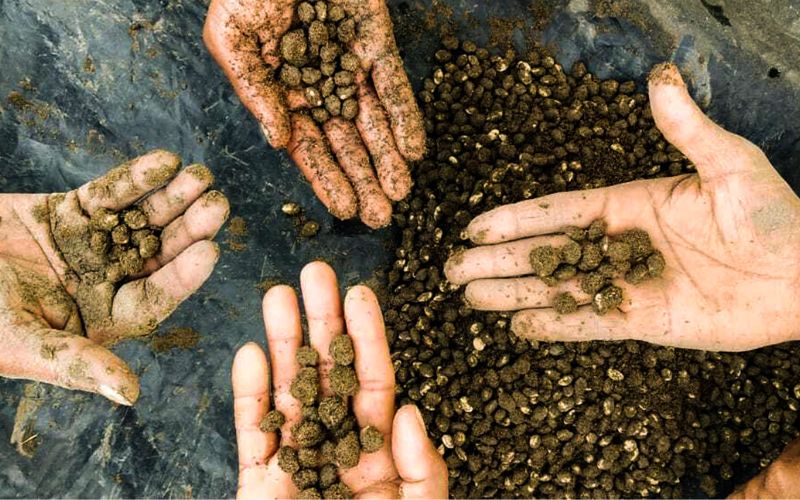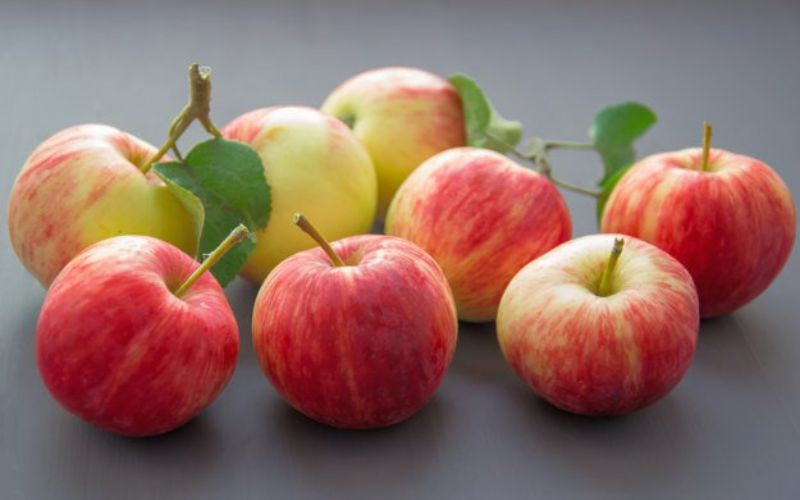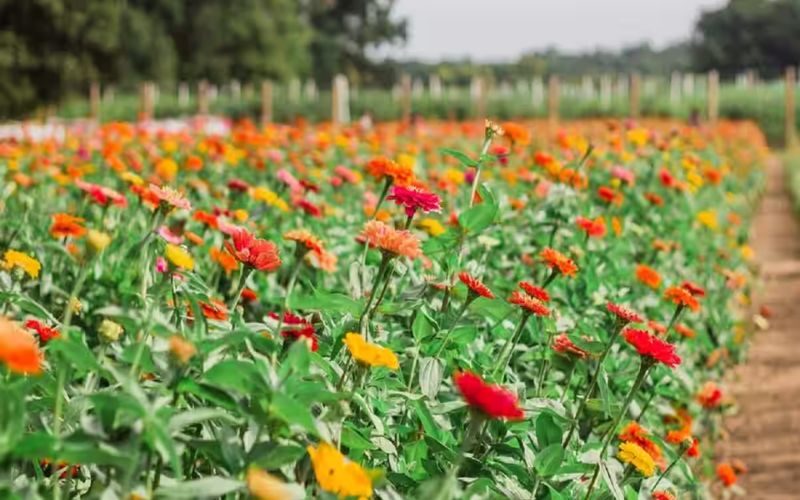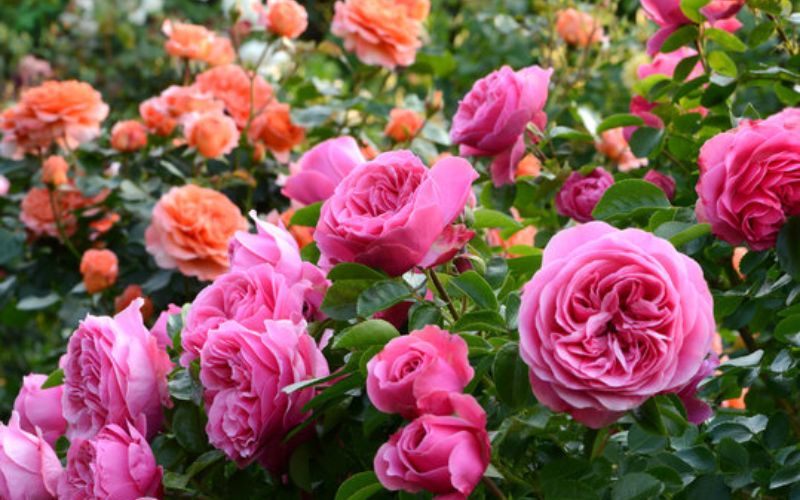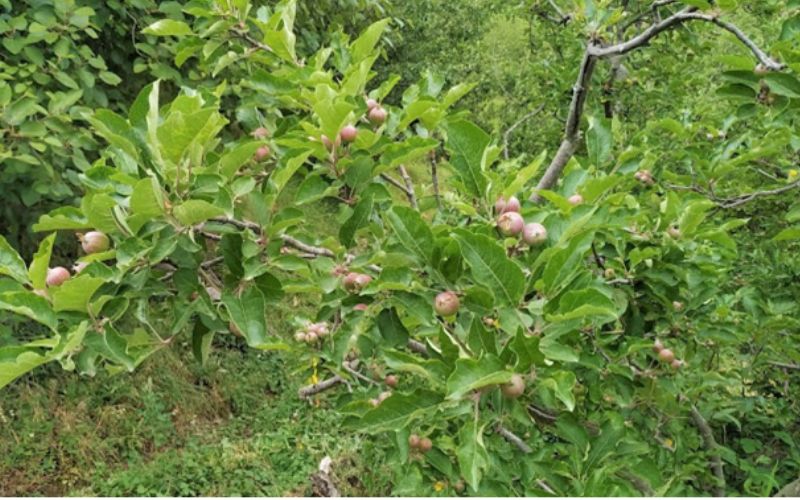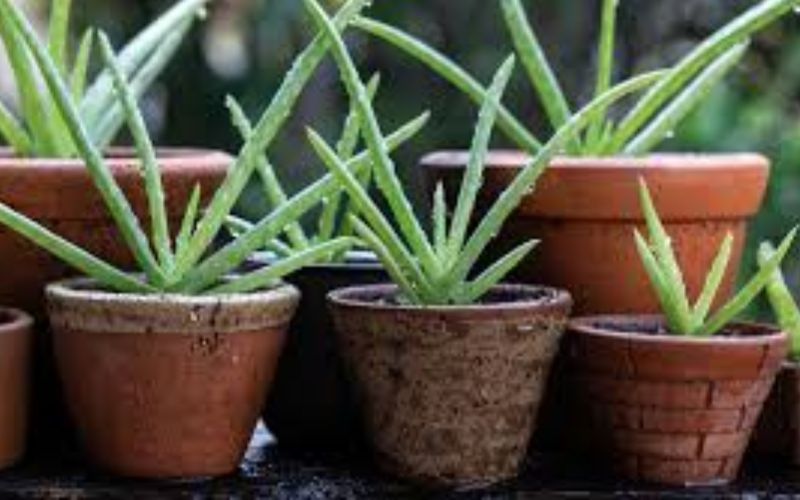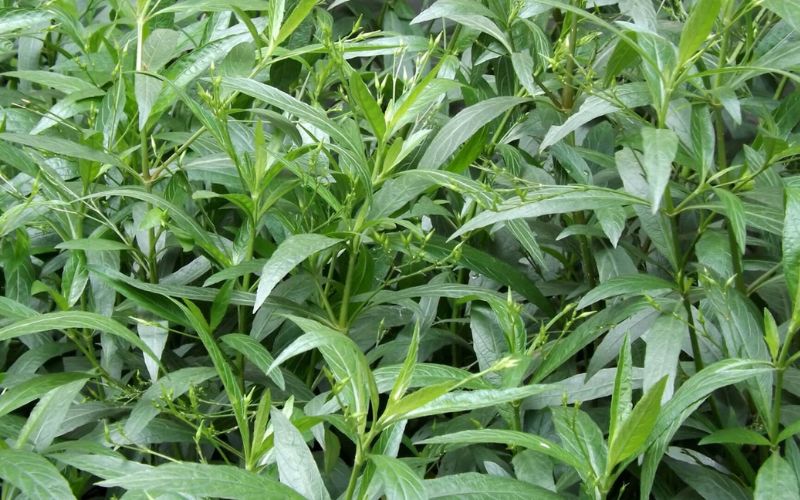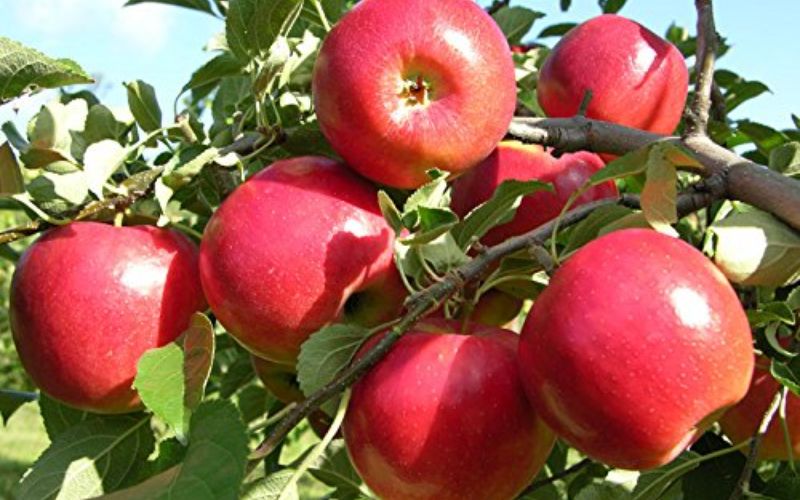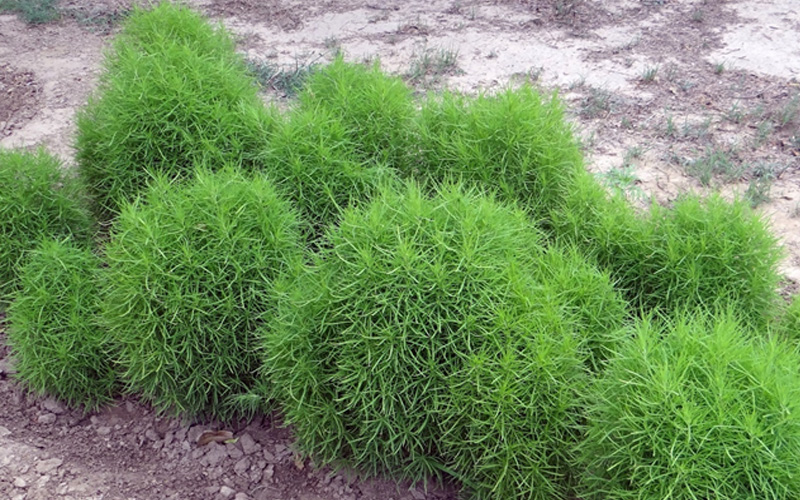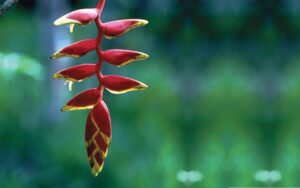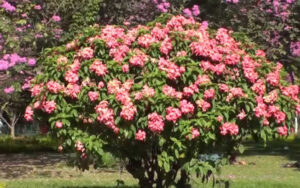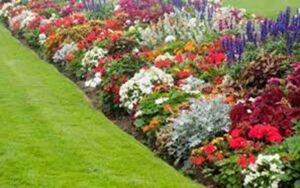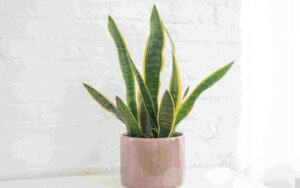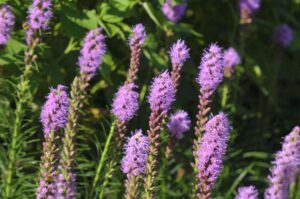Bassia Scoparia
Bassia scoparia, commonly known as summer cypress or burning bush, is a species of flowering plant in the family Amaranthaceae. It is native to parts of Eurasia, including China and Russia, but it has been introduced and naturalized in many other regions around the world.
Key characteristics of Bassia scoparia:
Appearance: Bassia scoparia is an annual plant that typically grows up to 1-2 meters (3-6 feet) in height. It has a slender, erect stem with many branches. The leaves are narrow, linear, and alternate along the stem. The plant has a bushy and somewhat weedy appearance.
Flowers: The flowers of Bassia scoparia are small and inconspicuous, with greenish or purplish coloration. They are arranged in dense clusters or spikes at the tips of the branches. The plant usually flowers from late summer to early autumn.
Fruits and Seeds: After flowering, Bassia scoparia produces small, rounded fruit capsules that contain numerous tiny seeds. The capsules are initially green but turn brown as they mature. When the capsules dry out, they split open, releasing the seeds.
Invasive Potential: Bassia scoparia has become invasive in some parts of the world, including North America, where it can outcompete native plant species and disrupt natural ecosystems. Its ability to produce many seeds and adapt to various environmental conditions contributes to its invasive behaviour.
Ecological Impact: The dense growth of Bassia scoparia can reduce biodiversity by shading out native plants. It can also alter soil chemistry and nutrient cycling in invaded areas. Furthermore, the plant’s dry biomass is highly flammable, earning it the common name “burning bush.”
Uses: Despite its invasive tendencies, Bassia scoparia has been cultivated in some regions as an ornamental plant, primarily for its feathery, reddish-brown foliage. The plant’s foliage provides an attractive contrast in gardens and landscapes.
Potting and Planting of Bassia scoparia:
Climate and Location: Bassia scoparia prefers full sun and well-drained soil. It can tolerate a wide range of soil conditions, including poor or sandy soil. Before planting, ensure that your climate is suitable for this plant.
Seed Sowing: If you have access to seeds, you can start by sowing them indoors or directly in the garden, depending on your preference and climate. Sow the seeds in late spring or early summer when the soil has warmed up. Prepare the soil by loosening it and removing any weeds or debris. Sow the seeds at a depth of about 1/4 inch and cover them lightly with soil. Space the seeds or seedlings according to the recommended spacing for the specific variety you are planting.
Watering: Keep the soil consistently moist but not waterlogged until the seeds germinate and the plants are established. After that, Bassia scoparia is relatively drought-tolerant and can withstand dry conditions.
Transplanting: If you started the seeds indoors, you can transplant the seedlings into larger pots or into the garden once they have developed a few sets of true leaves and the risk of frost has passed. Gently lift the seedlings and transplant them into prepared holes or larger pots, making sure to maintain the recommended spacing between plants.
Potting: When potting Bassia scoparia, choose a container with drainage holes to ensure proper drainage. Fill the pot with a well-draining potting mix that is suitable for growing ornamental plants. Place the plant in the pot and backfill with soil, gently firming it around the roots. Water the plant thoroughly after potting.
Care and Maintenance: Bassia scoparia is a relatively low-maintenance plant. Provide water when the soil feels dry, but avoid overwatering, as it can lead to root rot. Regularly remove any weeds or competing plants from the pot or garden bed. Prune the plant lightly to maintain its shape and control its size if necessary.
Propagation: Bassia scoparia can also be propagated from cuttings. Take 4-6 inch stem cuttings from a healthy plant, remove the lower leaves, and plant them in moist soil or a propagation medium. Keep the cuttings in a warm, bright location and mist them regularly to maintain humidity until they root.
Remember to check the specific requirements and recommendations for the particular variety of Bassia scoparia you are growing, as they may vary slightly.
Uses and Benefits:
Bassia scoparia, although considered an invasive plant in some regions, does have certain uses and benefits:
Ornamental Plant: Bassia scoparia is cultivated as an ornamental plant in gardens and landscapes. Its feathery, reddish-brown foliage provides an attractive contrast and texture. It can be grown as a standalone specimen or used in mixed borders and flower beds.
Erosion Control: Due to its ability to grow in poor soil conditions and tolerate dry environments, Bassia scoparia is sometimes used for erosion control. Its dense growth and extensive root system help stabilize soil on slopes and prevent erosion.
Wildlife Habitat: While invasive in certain areas, Bassia scoparia can provide habitat and food for certain wildlife species. The plant’s seeds are consumed by birds, including quails and doves, and its foliage can provide shelter for small animals and insects.
Medicinal Uses: In traditional medicine, Bassia scoparia has been used for various purposes. The plant has been reported to have anti-inflammatory, antidiabetic, and diuretic properties. However, it’s important to note that further scientific research is needed to validate these traditional uses and determine appropriate dosage and safety.
Fiber and Fodder: In some regions, Bassia scoparia has been used for fiber production. The plant’s stems contain fibrous material that can be processed into ropes, twine, and coarse textiles. Additionally, in certain areas, the plant is used as fodder for livestock, providing a source of forage.
It’s important to exercise caution when considering the cultivation or use of Bassia scoparia, as its invasive nature can cause harm to native ecosystems. Always check with local authorities or experts to ensure that it is safe and legal to grow this plant in your area.
Nursery people in India may potentially benefit from growing Bassia scoparia in the following ways:
Demand for Ornamental Plants: Bassia scoparia is cultivated as an ornamental plant due to its attractive feathery foliage. Nursery owners can cater to the demand for unique and eye-catching plants by including Bassia scoparia in their inventory. It can attract customers who are looking for distinct and unusual plants to enhance their gardens and landscapes.
Drought-Tolerant Plant: Bassia scoparia is known for its ability to tolerate dry conditions and poor soil. In regions of India that experience water scarcity or have arid climates, this plant can be an attractive option for landscaping projects. By offering Bassia scoparia, nursery people can cater to customers who are seeking plants that are low-maintenance, water-efficient, and suitable for xeriscaping.
Erosion Control and Landscaping Projects: Bassia scoparia’s dense growth and extensive root system make it useful for erosion control and stabilization of soil. Nursery owners can target customers involved in landscaping projects, construction sites, or land rehabilitation initiatives where erosion control is a priority. Offering Bassia scoparia plants or providing guidance on their proper usage can benefit nursery businesses.
Exotic and Unique Plants: Bassia scoparia is not commonly found in every nursery, which can make it an attractive choice for customers who are seeking unique and exotic plants. By having Bassia scoparia in their collection, nursery owners can differentiate themselves from competitors and attract customers who are specifically looking for uncommon plant species.
Biodiversity and Ecological Restoration: While Bassia scoparia is considered invasive in certain areas, in some cases, it can be part of ecological restoration projects. In such instances, nursery people can play a role in providing native and exotic plants, including Bassia scoparia, for ecological restoration efforts aimed at improving biodiversity and restoring damaged ecosystems.
It is important for nursery owners to consider the potential ecological impacts of Bassia scoparia and to adhere to local regulations regarding its cultivation and sale. Additionally, understanding the specific market demands and requirements in their region will help nursery people determine the viability and benefits of growing Bassia scoparia in their business.


